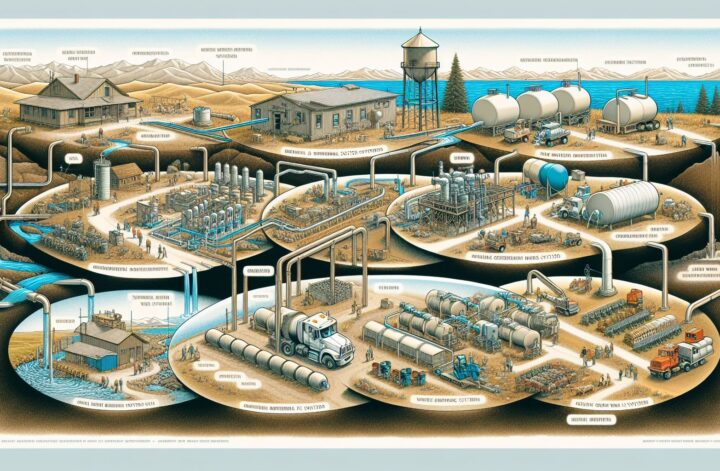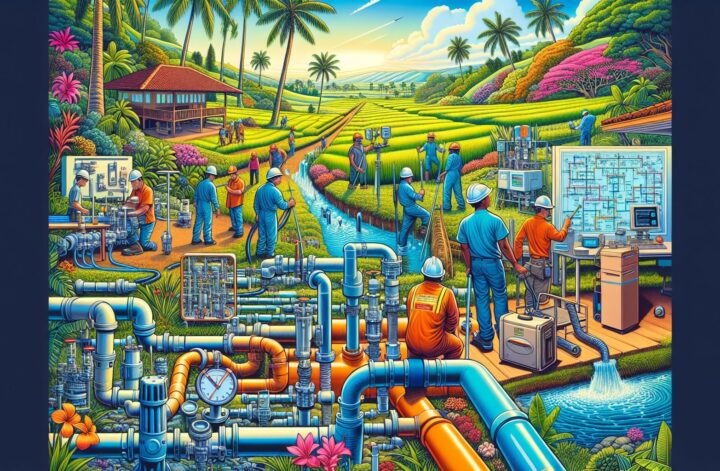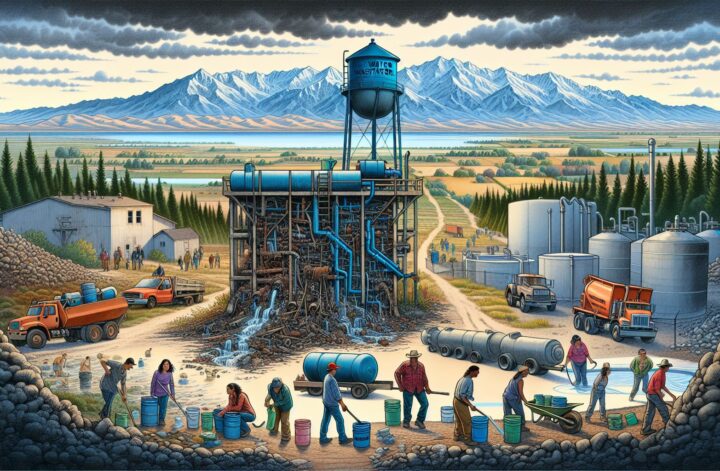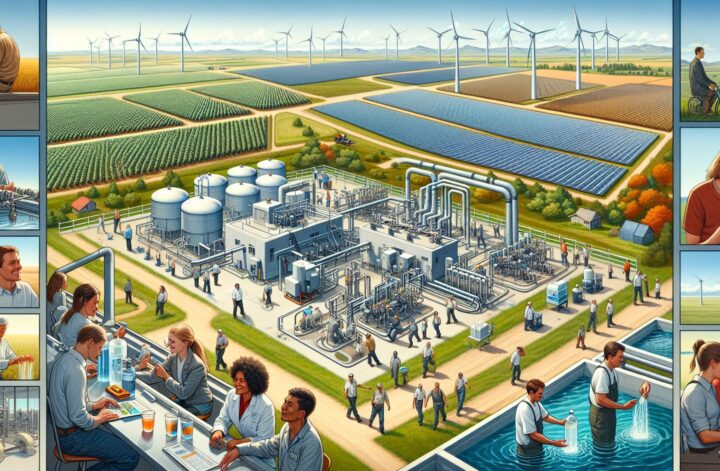Montana, well-known for its stunning landscapes, prairies, mountains, and rivers, holds its fair share of challenges where rural water and wastewater systems are concerned. Sizing up to the vast geography and scattered populations in Montana’s rural areas makes water and wastewater management particularly complicated.
The main issues Montana faces are related to aging infrastructure, lack of funding, and noteworthy distance between properties, which makes sewer and water line installations pricey and challenging. The Montana Department of Environmental Quality DEQ has mentioned that many existing wastewater systems date back to the 1970s or even earlier. The outdated structures come with a limited operational life and hence need to be upgraded or replaced.
Moreover, Montana has a significant ranching and agriculture sector, leading to specific water quality challenges from fertilizer and pesticide run-off. The Montana Rural Water Systems (MRWS), in a recent Annual Consumers Confidence Reports, noted that drinking water in some rural areas exceeded allowable levels of nitrate contamination due to agriculture runoff.
The challenges notwithstanding, Montana has made considerable strides in advancing its rural water and wastewater systems. The establishment of Montana Rural Water Systems (MRWS) provides technical assistance, training, and support for these small systems. They are committed to helping Montana’s small water and wastewater systems provide safe, affordable, and ample water resources.
Funding is also being actively sought. The Department of Natural Resources and Conservation (DNRC) recently requested $44 million in federal funding to improve Montana’s water and wastewater infrastructure, as reported in the DNRC’s Montana Annual Water Plan.
Innovative technologies have also been welcomed in this frontier, for instance, decentralized wastewater treatment systems, especially for spread-out rural communities. This technology enables each property to treat its own wastewater, eliminating the need for extensive sewer lines.
More work needs to be done, but Montana is demonstrably taking a proactive approach in improving its rural water and wastewater systems. A collective effort from state agencies, communities, residents, and the federal government will surely yield fruitful results for the future of rural water supply and sanitation in Montana.
Sources:
- Montana Department of Environmental Quality, DEQ
- Montana Rural Water Systems, Annual Consumers Confidence Reports
- Department of Natural Resources and Conservation, DNRC’s Montana Annual Water Plan




